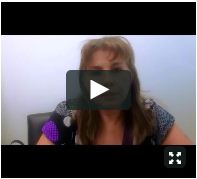As a business owner or manager, you may think that if you want things done “the right way,” you have to do them yourself. But that isn’t always the best approach at work, even if you firmly believe you’re the best person for the job. There simply isn’t enough time in the day – not if you have a business to run.
Like it or not, you must learn how to delegate work to subordinates. Here are some helpful hints.
* Get organized. Start by deciding which tasks to delegate and which employees will be assigned responsibilities. The workload doesn’t have to be etched in stone, but you should develop a game plan for subdividing jobs.
* Focus on self-starters. You will need to rely on people who can think for themselves. Don’t rely on employees who you anticipate will be constantly seeking your guidance. If you have to show someone what to do every step of the way, it defeats the entire purpose.
* Give workers authority to act independently and make decisions on the fly. Don’t hinder the process by requiring employees to obtain your approval on every decision. This will only turn into a variation of doing things the same old way.
* Monitor work progress. This aspect must be handled with sensitivity. You’ll want to keep an eye on employees, but you can’t keep looking over their shoulders either. Find the proper balance.
* Analyze the results to determine if the work met your expectations. If it didn’t, offer constructive criticism for improvements. Make this a learning experience for both of you.
As you become more comfortable delegating work, you can continue to loosen the reins. When you spend less time on routine matters, you’ll have more time to devote to growing your business profits.




